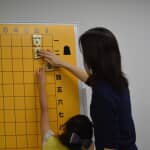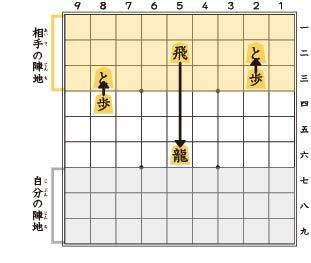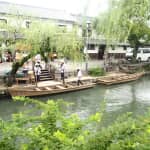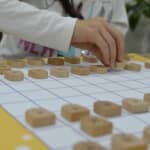Shogi 30 January 2017
Shogi Rules – How to Play Shogi – : Step 2-3 Promotion
Explore Art of Shogi
A professional Shogi player invites you to the world of Shogi along with traditional Japanese culture
The previous step
Today, we will learn how Shogi pieces become stronger after its transformation. Pokemon and Power Rangers also transform themselves to be stronger. Many heroes and heroins transform themselves to be more powerful.
There are nine ranks (rows) on a Shogi board. The upper three ranks are your opponent’s camp and the bottom three are yours. When your piece enters the opponent’s camp, the piece can be turned over to transform. This turning over is called “promotion.” Once a piece is promoted, it becomes stronger getting different moves from the original ones. One of the Chinese characters used to indicate promotion has a meaning of growth. Thus, a Shogi piece grows to be a promoted piece. A promoted piece is called “Narigoma.”
When to Promote a Piece
- When a piece enters the opponent’s camp
- When an existing piece in the opponent’s camp moves
The second point is very important. Please look at Hisha (Rook) in the following picture 1. Not a few people think that a piece can’t be promoted with moving out of the camp. Contrarily, when a piece which already exists in the opponent’s camp moves out of the opponent’s camp, it can also be promoted.
- You can choose whether or not to promote a piece.
However, Fu (Pawn), Kei (Knight) and Kyo (Lance) in the below picture 2 must be promoted when it moves to the rank 1 (as to Kei (Knight), to the rank 2 as well), because these pieces have nowhere to move unless they become promoted. - When you capture the opponent’s promoted piece, the piece cannot be used as a promoted piece but as a regular piece.
- Once a piece is promoted, it cannot return to be a regular piece.
- When you drop a captured piece in the opponent camp, it cannot be dropped as a promoted piece. The piece can be promoted on the next move.

Shogi boards have no colour difference to separate your camp from the opponent’s. Thus, a novice player tends to forget to promote a piece. However, some boards use colours or asterisks to indicate the promotion zones for you. Remember “A piece is promoted when it enters the opponent’s camp.”
Pieces Which Can Be Promoted
A total of six pieces, Gin (silver), Kei (Knight), Kyo (Lance), Fu (Pawn), Hisha (Rook) and Kaku (Bishop) can be promoted. The last two pieces are called major pieces since they make major moves.
The minor pieces: Gin (silver) is promoted to be Narigin (Promoted Silver), Kei (Knight) is promoted to be Narikei (Promoted-Knight), Kyo (Lance) is promoted to be Narikyo (Promoted-Lance), and Fu (Pawn) is promoted to be To-Kin (Promoted-Pawn).
The major pieces: Hisha (Rook) is promoted to be Ryu (Promoted- Rook) and Kaku (Bishop) is promoted to be Uma (Promoted-Bishop).
Promoted pieces are generally described with two Chinese characters in guidebooks and beginner’s pieces. However, the pieces used in tournaments are written in cursive styles as seen in the below picture. If you are planning to attend a tournament, you need to get used to these cursives.
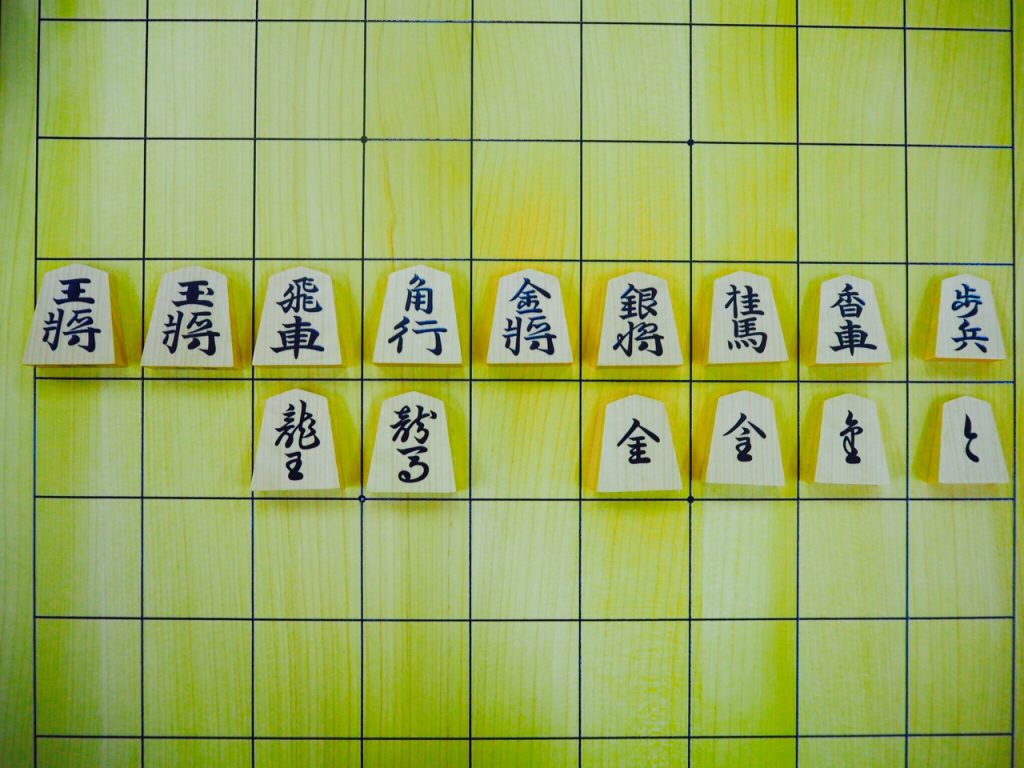
In the next lesson, let’s learn how promoted pieces move.
Comments from the girls’ mother
Akiko-sensei asked girls, “What becomes stronger after transformation?”
They happily answered, “Power Rangers!”
It seems that the term “transformation” sounds very familiar and attractive for children, and my girls came to like Narigoma very much.
I thought that those cursive letters might be a little difficult for small children, but they understood them quite quickly. They said, “The weaker a piece is, the more difficult whose cursive letters are”.
If you know a tiny little tip, that helps you to learn.
The next Step
(Please check out our next post!)
